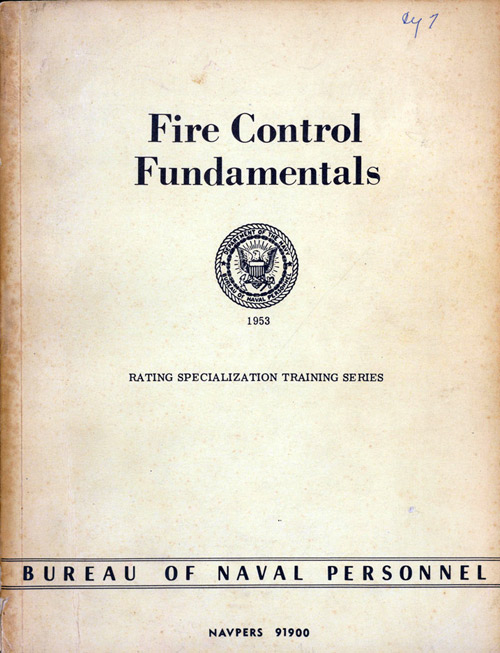[The invasion start found Tuttle in a busy radio room, catching action all around Kyushu from a unique perspective.]
I found one of the radio men, Ensign Gaston Morton, from Stillwater, Minnesota, studiously memorizing the lists of ships from our invasion flotilla and every other squadron and fleet on this job. “There’s a slim chance I would ever need to relay a call for a destroyer on the far side [of Kyushu], and I could look them up in a minute anyway. But the only other thing I could do right now is clean and polish the vacuum tubes on the radio sets. What about you? What do you do when you’re waiting around to start an important job?”
I’m not used to my interview subjects asking back! I told him that, first of all, I don’t recall ever having a particularly important job to do. But if I did, to pass the time waiting for such a job to start, I would probably go interview someone else about his job.
There was very little time left to pass, so Mr. Morris got back to his radio set and I got back to staying out of the way. About 5 am the pre-landing bombardment kicked off, starting with the very big guns. Our shelling of the shore in the previous three days had been done during daylight. Each ship could fix its position by visual cues on land, then work accurately through its scheduled target list. Tonight the moon had set just after midnight. The pre-landing bombardment was done in pitch darkness. It was just a rolling line of thunder with no particular target except the island ahead of us.
I went back and forth between watching the action outside and listening in on radio traffic. Layered groups of fighter planes could be seen weaving a curtain to the north. Boats and amphibious transports were loaded and launched toward control lines throughout the bombardment. The other landing armies were going through the same routine at the same time. Across the island on the eastern shore they were landing on either side of the port city Miyazaki, a straight bit of coastline similar to our objective here around the town of Kushikino. In the southeast they are landing on an ideal bit of long gentle shoreline, inside Ariake Bay. But, the sides of the bay are solid lines of steep bluffs and mountain peaks.
The first serious trouble came from Ariake Bay. Over the sound of our big battleships firing in front of us, my friend Mr. Morris tuned in the Navy frequencies for the bombardment group in Ariake. The pre-invasion bombardment did not have Navy gunships enter the bay until this morning. Army bombers laid several thousands of pounds of bombs per acre all around Ariake that morning, a repeat of what they’d done three days in a row at all the invasion sites.
In a surprising development, the Navy gunships found themselves in a shooting duel with land based guns which were not hit in the earlier bombing, and which chose to reveal themselves today. Calls went out for return fire on each new enemy gun. We see the flash, in the shadows. Target square 99-11, grid S! might be one call. Mr. Morris helped me find a few of them on a copy of the same map.
The Navy had help from ground-attack aircraft under a clear sky, but still lost a cruiser and a destroyer sunk, and other ships damaged. Some number of airplanes were also lost. They had to fly low over enemy held land to make rocket attacks on the back sides of hills.

